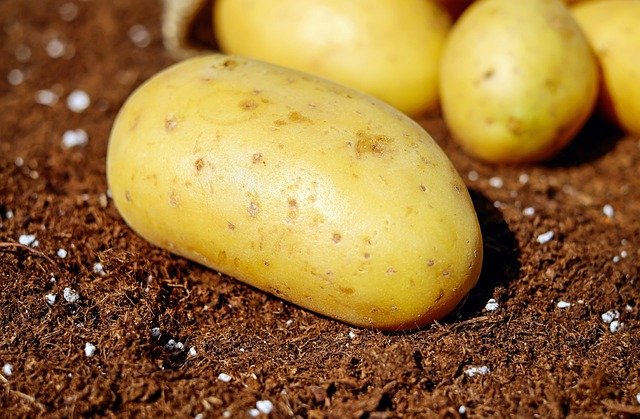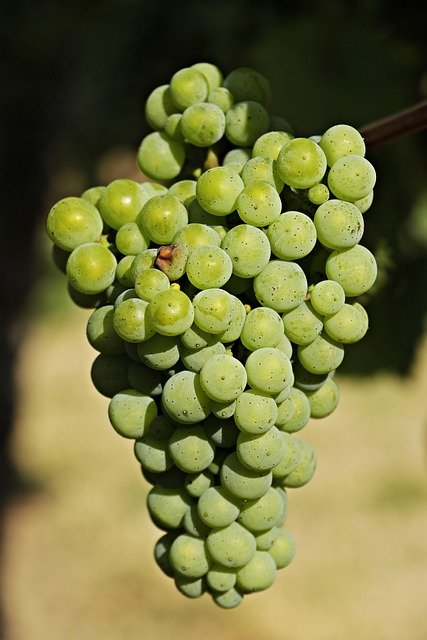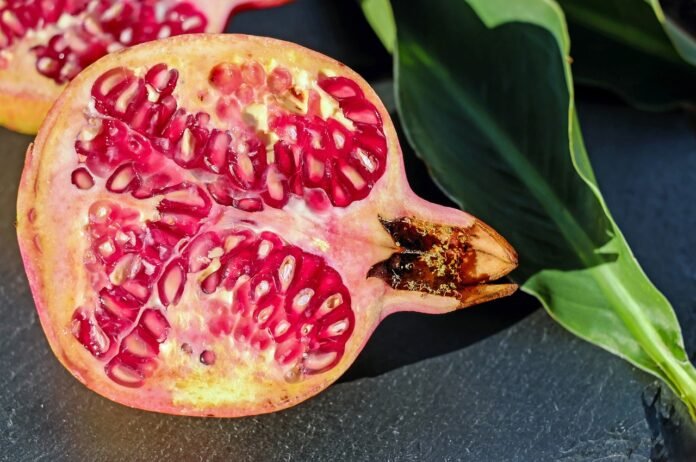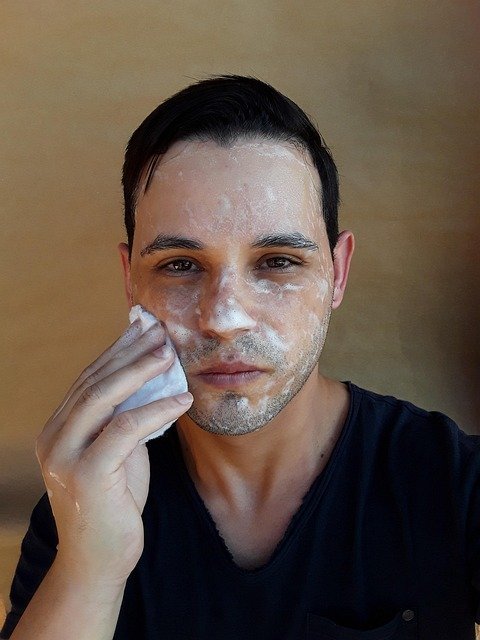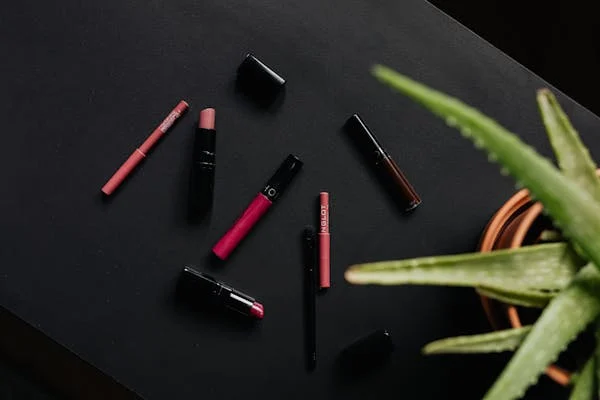From the K-pop phenomenon to K-dramas, Korean culture has seamlessly woven itself into the fabric of global beauty standards—and makeup is no exception. In India and beyond, the “Korean makeup look” is quickly becoming a go-to for those seeking a natural, youthful glow. Unlike traditional Western makeup which often emphasizes boldness and drama, Korean makeup is about subtle enhancements, lightweight textures, and glowing, dewy skin.
If you’re curious about achieving this coveted look, here’s a fresh and simple guide to help you master Korean makeup, step-by-step—complete with a minimalist twist and some insider tricks.
What Defines Korean Makeup?
The Korean makeup aesthetic focuses on amplifying natural beauty rather than covering it up. Think luminous skin, soft flushes of color, gentle highlights, and features that look effortlessly youthful. Products used in this routine are generally sheer, blendable, and hydrating. The idea is to make your skin look lit from within—dewy but never greasy, fresh but not overly done.
Let’s break down the essentials and explore how to recreate this look yourself.
What You’ll Need: A K-Beauty Essentials Kit
Before diving into the tutorial, gather these basic items to achieve an authentic Korean makeup look:
- Hydrating Primer (like Swiss Beauty Highlighting Primer)
- Color Corrector & Concealer (such as L.A Girl HD Pro Conceal, Maybelline Age Rewind)
- Blush in fruit-inspired shades (Etude House’s Lovely Cookie Blush is a K-beauty favorite)
- Neutral Eyeshadow Palette (ETUDE HOUSE Play Colour Eyes)
- Liquid Eyeliner & Glitter Liner
- Lip Tint (Face Shop Water Fit Lip Tint is perfect for a gradient finish)
- Liquid Highlighter
- Translucent Powder
- Setting Spray
Step-by-Step Korean Makeup Tutorial
1. Cleanse & Prep
A glowing canvas starts with clean, well-prepped skin. Koreans swear by the double-cleansing method—an oil-based cleanser followed by a water-based one. This process removes makeup, excess oil, and impurities while preserving hydration.
Pro tip: Follow up with a lightweight moisturizer and primer to lock in that moisture and create a smooth base.
2. Build a Flawless Base—Without Foundation
Instead of piling on foundation, Korean makeup often relies on spot-correcting. Use a color corrector for under-eye darkness or redness, followed by concealer just where it’s needed.
The goal? Skin that looks like skin—only better.
3. Puppy Dog Eyeliner for Soft Eyes
Forget sharp cat eyes. The Korean eyeliner style creates a downward flick at the outer corners of the eyes, mimicking the soft, rounded eyes of a puppy. It gives a sweeter, more approachable vibe.
Use a precise liquid eyeliner for this, drawing close to your lash line and gently extending downward.
4. Fruit-Flushed Cheeks
Blush is central to the Korean look. Inspired by fresh fruit, it’s applied directly to the apples of the cheeks to create a youthful, “just-pinched” glow.
Use pink or coral tones and resist the urge to blend upwards like Western contouring. Keep it central and soft.
5. Subtle Shadows
Korean eye makeup rarely involves heavy smokey eyes. Instead, think warm taupes, soft browns, or pale peach tones that barely veer from your natural skin tone.
The ETUDE HOUSE Play Colour Eyes palette offers just the right touch of elegance without being overpowering.
6. Teardrop Glitter Eyes
This is where K-beauty gets a playful twist. Add a touch of shimmer to the inner corners of your lower lash line to mimic a teary-eyed sparkle—what Koreans call “aegyo-sal.”
Dab glitter liner just under your eye for a doe-eyed effect. The result? Instantly brighter, more youthful eyes.
7. The Iconic Gradient Lip
One of K-beauty’s most signature moves, the gradient lip creates the illusion of smaller, poutier lips with more color concentrated in the center.
Apply a lip tint to the middle of your lips, then blur outward using your fingertip or a balm. It’s soft, romantic, and understated.
8. Highlight with Restraint
Instead of a high-shine strobe, Korean makeup uses subtle highlights to mimic healthy skin. Think radiance, not sparkle.
Apply a drop of liquid highlighter to the high points of your cheeks, the bridge of the nose, and under your brow bone for that signature glow.
9. Set with Powder (Sparingly)
A translucent powder helps blur pores and mattify oily areas while maintaining the dewiness. Korean artists often use a cushion puff instead of a brush to avoid over-application.
Lightly dab powder only where needed—typically the T-zone and chin.
10. Lock It In with Setting Spray
Finally, a spritz of setting spray seals the look and keeps your skin hydrated throughout the day.
Apply it in layers: once after your base, once post-eye makeup, and finally after your powder step.
Final Thoughts: Less is More
Korean makeup isn’t about hiding—it’s about enhancing. By focusing on skincare-first prep, lightweight application, and targeted accents like puppy eyeliner and gradient lips, this approach celebrates the skin you’re in.
Mastering it might take a few tries, but once you get the hang of it, it’s the kind of look that suits any occasion—from everyday errands to weekend outings.
Frequently Asked Questions
Why is Korean makeup so popular?
Its skin-first philosophy prioritizes hydration, glow, and natural finish—making it universally appealing.
Do you need a foundation for Korean makeup?
Not necessarily. Many skip full-coverage foundations in favor of spot concealing for a breathable, real-skin look.
What makes the look unique?
Gradient lips, teardrop eye glitter, fruit-tinted blush, and minimal but strategic highlighting set it apart.
Are Korean products expensive?
Many K-beauty brands use high-quality, natural ingredients and advanced formulations, which can influence price—but there are affordable options, too.
So go ahead—channel your inner K-drama lead. With just a few products and the right techniques, the Korean makeup look is easily yours to master.




